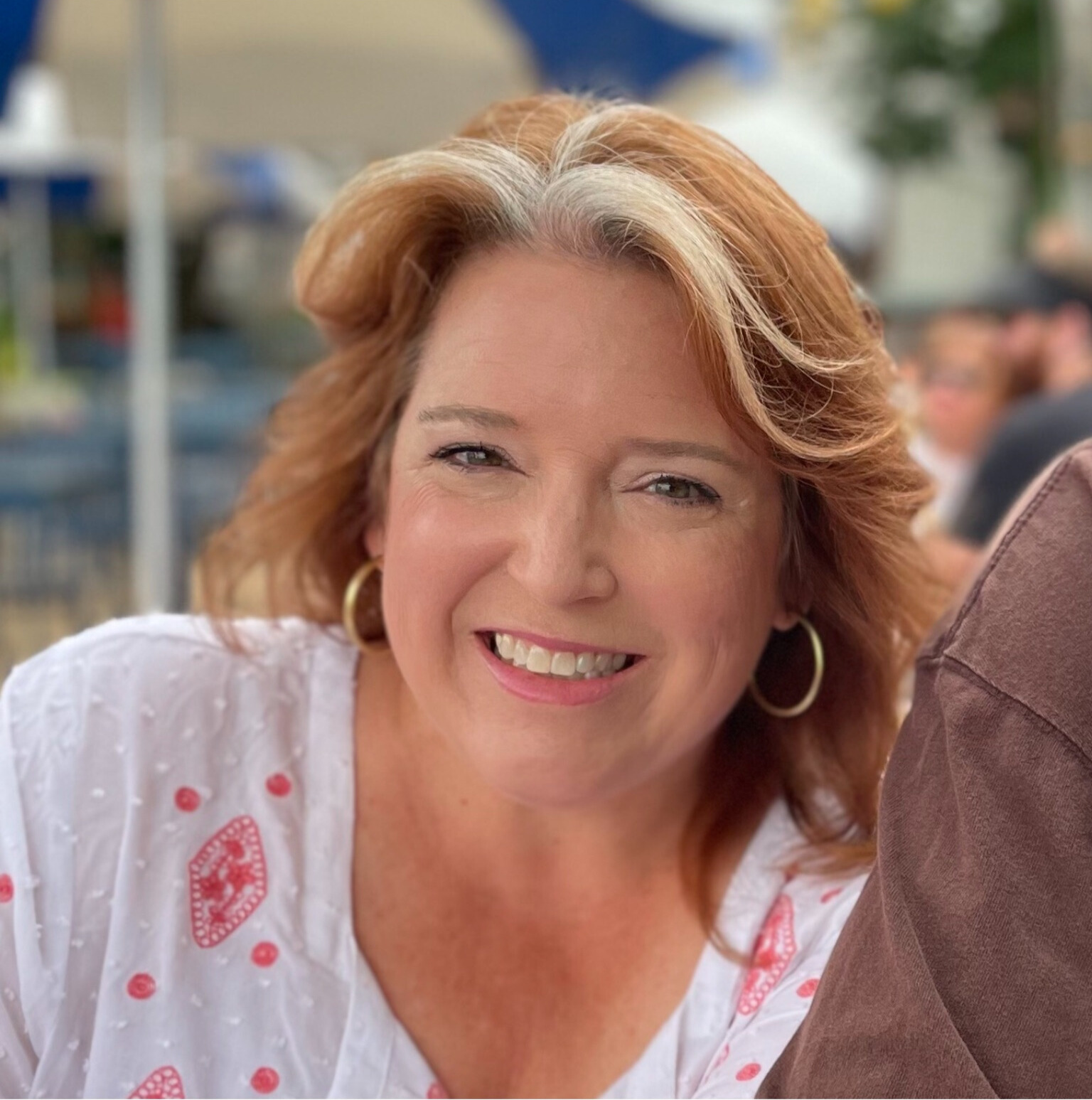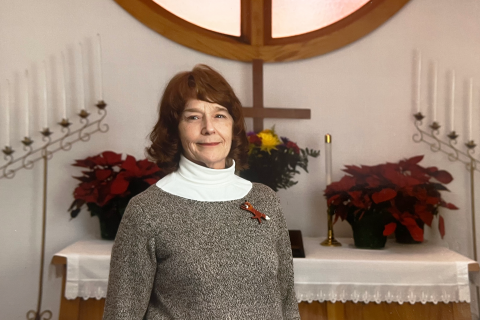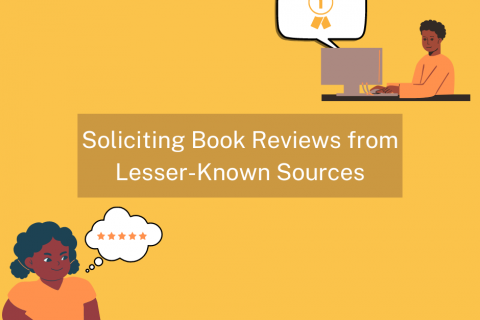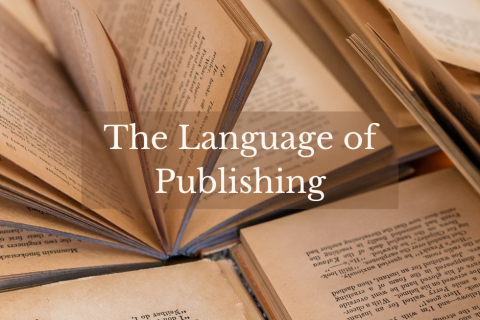Hello, authors! The pre-release period is such an exciting time! Your book is finished, and you can’t wait to see it out in the world. But how can you most effectively prepare for it to leave the nest—and get it into others’ hands? When I was preparing to leave the nest myself, by applying for college scholarships back in the previous millennium, I was counseled to approach applying for scholarships as a job. It turned out to be good advice, mainly because you have to be very methodical about it to achieve good results. I therefore approached my book’s pre-release period in the same way: by considering it a job.
- Research Your Local Bookstores and Organizations.
I started with a list of potential retail stores and events where I could sell my book—gift shops, museums, local coffee shops, indie bookstores, etc.—and dived in by doing a ton of research. One of the first things I learned is that it is actually really tough to get your book on bookstore shelves! They have limited space, and their owners are always looking for books they are sure will sell well. Small local bookstores are much easier to break into than big retail stores like Barnes & Noble; however, bookstores of all kinds may still be willing to feature you as a local writer or invite you in for a book signing or a book talk. Bookstores especially love to host book talks—and you don’t have to read your whole book; just select a few passages to give your audience a little taste of your work. I am very lucky to have two local bookstores in the Northern Neck of Virginia that are excited to support local authors—especially those authors who can make appearances. They’ve been great partners to me!
Some bookstores may invite you to hold a book talk or signing in their store, but without being ready to invest in purchasing copies of your book to put up for sale on their shelves. You can still sell your book yourself at these talks—which actually earns you more profit than selling it through the store—but if the book sells well during your event, the store runners might also be convinced to purchase copies of your work to sell themselves!
I also offer book signings and readings in museums and gift shops, which I’ve found also love to host authors. Just visit or email them, introduce yourself to them, and tell them you would love to talk about your book!
Some authors like to approach libraries and schools. In my experience, unless you can convince them to purchase copies of your work for classrooms, these organizations will not generate as many sales for you, but they will give you a lot of exposure.
Finally, think about associations and organizations that might have something in common with your book’s content (and therefore be invested in supporting it!). My book is called ABCs of Crabbing on the Chesapeake Bay—and having lived there, I knew organizations like the Virginia Watermen’s Association, Crab Feast, and the website www.virginiaseafood.org would buy copies of my book and support its sales.
2. Reach Out to Influencers.
Influencers are well-known celebrities who usually have tens or hundreds of thousands of online followers—or even millions—which means whatever they blog, tweet, or post about is seen by a huge number of people. Obviously, getting attention from such an influencer can do wonders for your book’s exposure and sales!
Some influencers specialize in discussing books; these are “book influencers,” and at least one exists for every subject and genre. A little shoutout or promotion from the right influencer can reap huge benefits for your book! For example, Melissa Lasalle, who runs the account “Book Mommy” on Instagram, offers recommendations for YA and children’s books, and boasts a huge following.
I have not yet actively paid an influencer to promote my book online—though this is something you can choose to do as well—but I did send a copy to a crab influencer on TikTok who has a large audience and partnerships with huge brands, in the hope that he might find it relevant enough to promote it to his followers. (Yes, there are “crab influencers”!) When soliciting influencers, be sure to think outside the box and contact not only book influencers, but also influencers who might be interested in any subjects that might be tangentially related to your book. You never know what might happen!
3. Get Involved in Your Local Festivals.
Local festivals and shows, farmers’ markets, and other places where vendors congregate can also be great places to sell books. For my illustrator and I, this is our bread and butter! Venues usually charge a fee to participate in events like this, so make sure you do your research to determine whether a specific event might be worth your time before committing. Most of the events I’ve attended have cost between $50 and $200, but my illustrator typically partners with me to purchase a booth, so we split the cost. Our biggest sales events have been Taste by the Bay, a wine festival in Lancaster County; the Annual Strawberry Festival in Keysville, VA; and the Stratford Hall Wine and Oyster Festival. We sold around fifty copies of our book at each of these events, which I consider very good.
4. Give Out Materials Related to Your Book.
When I sell my book myself at festivals and conventions, I offer bundles including a gift card and a small blue crab plushie I found on Amazon, as well as the book itself. Bundles like this can be a fun way to promote sales, and people love them because, taken together, the bundle makes for a really cute gift!
Don’t be afraid to offer freebies as well. When I participate in local festivals and fairs, I offer free themed bookmarks and crayons to kids who visit my booth. They don’t have to buy my book to get the bookmark and crayons, but I include a QR code on the back of the bookmark so their parents or guardians can choose to purchase the book later. Even if the people you talk to don’t buy your book, offering simple freebies like this is a great way to ensure people remember your name and book.
Finally, try to stay in touch with those who do buy your book, and build relationships with them through email. Retaining people who have already proven they’re interested in your work usually takes much less effort than getting new people interested, and these people can both provide word of mouth to introduce your book to others on your behalf—or buy any additional books you might write!
5. Think (and Go) Big!
Some people choose to enter their book into competitions for book awards. Apart from the pride you would feel at earning one of these awards, having a book award seal on your book can make it look really nice—and attract potential readers!
Finally, consider unconventional media through which to market your book. My book was just featured in the Rivah Guide, a monthly magazine aimed at visitors to Virginia, with a readership of thousands. This can provide huge exposure!
Much like actually having a child is just the beginning of a parent’s journey, writing your book is just the beginning of your journey as an author. Now that it’s arrived, if you want to share it with the world, you’ll need to help build a path for it to reach others. Marketing, which starts during the pre-release period, is the beginning of that path, and for most authors, it never really ends. May your books find success, and may your own path be rewarding!
 Susan Swift obtained her B.A. and M.A.Ed. at The College of William and Mary. She has been an elementary teacher, reading specialist, and librarian for many years. An avid reader, she has wanted to write children’s books since she first became a teacher. She was inspired to write this book because she moved from Pennsylvania to the Northern Neck of Virginia after college, and did not know the first thing about crabbing, or how any kinds of seafood were harvested. She lives on the Chesapeake Bay and wanted to highlight the work of local watermen, like her husband, son, and friends, working on the Chesapeake Bay. She has two grown children, and lives in Reedville, Virginia, with her husband and two very spoiled dogs. She enjoys spending time with her family, going to the beach, reading, and writing.
Susan Swift obtained her B.A. and M.A.Ed. at The College of William and Mary. She has been an elementary teacher, reading specialist, and librarian for many years. An avid reader, she has wanted to write children’s books since she first became a teacher. She was inspired to write this book because she moved from Pennsylvania to the Northern Neck of Virginia after college, and did not know the first thing about crabbing, or how any kinds of seafood were harvested. She lives on the Chesapeake Bay and wanted to highlight the work of local watermen, like her husband, son, and friends, working on the Chesapeake Bay. She has two grown children, and lives in Reedville, Virginia, with her husband and two very spoiled dogs. She enjoys spending time with her family, going to the beach, reading, and writing.











